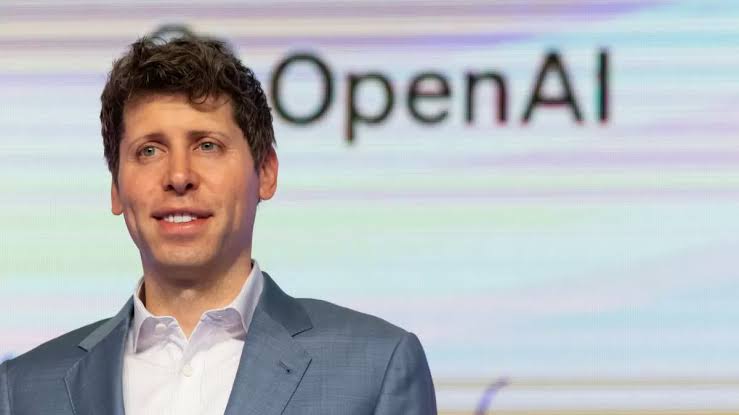As we delve into the realm of advanced AI, the effects on employment and the economy are becoming increasingly pronounced. The rapid advancements in artificial intelligence technology have sparked a wave of transformations, raising both concerns and opportunities for various industries. In this exploration of the Impact of Advanced AI on Employment and Economy, we will uncover the shifting dynamics, potential job displacement, and the visionary strategies put forth by industry leaders like OpenAI’s CEO, Sam Altman, to navigate this evolving landscape.
Concerns about Job Displacement Caused by AI
-
OpenAI’s CEO, Sam Altman, recognizing the potential threat advanced AI poses to jobs, highlights the urgent need for proactive measures to address this looming issue. As AI technology progresses, its impact on employment and the economy becomes more tangible, requiring careful consideration and strategic planning.
-
The increasing integration of AI across industries sparks apprehension about the displacement of human workers. As automation and AI systems become more sophisticated, the risk of job substitution grows, necessitating a nuanced approach to ensure a smooth transition for the workforce. Balancing technological advancement with workforce stability is crucial for sustainable economic growth.
Altman’s Worries about Jobs and Economy
As AI advances at a rapid pace, Altman’s concerns regarding the repercussions on jobs and the economy come to light. He questions the potential scale of job displacement resulting from automation and the profound impact it could have on the economic landscape. Altman’s apprehensions underscore the critical need for society to address and contemplate the far-reaching implications of advanced AI technologies on employment and economic stability.
Advanced AI Impact According to IMF
IMF studies reveal that advanced AI’s penetration in developed nations may result in remarkable impacts, potentially reaching up to 60%. This surge in AI integration is expected to bring about significant shifts in the job landscape and workforce dynamics, posing challenges and opportunities for professionals and industries alike.
As advanced AI continues to advance, the looming specter of job automation and the displacement of human workers by machines become more pronounced. The transition towards a machine-dominated labor force raises critical questions about reskilling, workforce adaptability, and the need for proactive strategies to navigate these imminent economic transformations.

Corporate AI Utilization
In the landscape of corporate environments, numerous CEOs have embraced the integration of AI technologies to streamline operations and replace particular job functions. This strategic shift marks a notable transition in the employment dynamics, reflecting the evolving role of technology in driving efficiency.
The pervasive adoption of AI within companies stems from the compelling benefits it offers in terms of productivity enhancement and operational efficiency. By leveraging AI tools and systems, organizations can optimize processes, reduce costs, and deliver higher quality outputs, fundamentally reshaping the economic landscape and workforce composition.
Conclusion
In examining the Impact of Advanced AI on Employment and Economy, it’s evident that automation brings both challenges and opportunities. Job displacement is a concern as routine tasks become automated, but new roles emerge, requiring human creativity and skills. Economically, there’s a shift towards innovation and productivity, potentially leading to increased efficiency and growth in various sectors.
The advancement of AI technology presents a transformative force that demands proactive adaptation to mitigate negative consequences on traditional job markets. With careful planning and upskilling, workers can leverage AI to enhance their capabilities and tap into emerging job roles. This dynamic landscape prompts the need for continuous learning to stay relevant and competitive in the evolving economy.
While the potential benefits of AI are substantial, including improved efficiency, cost savings, and innovation, it’s crucial to address the societal impact on employment and economic disparities. Collaborative efforts between policymakers, businesses, and individuals are essential to ensure a balanced approach that harnesses the power of AI while safeguarding the workforce and fostering inclusive growth.


